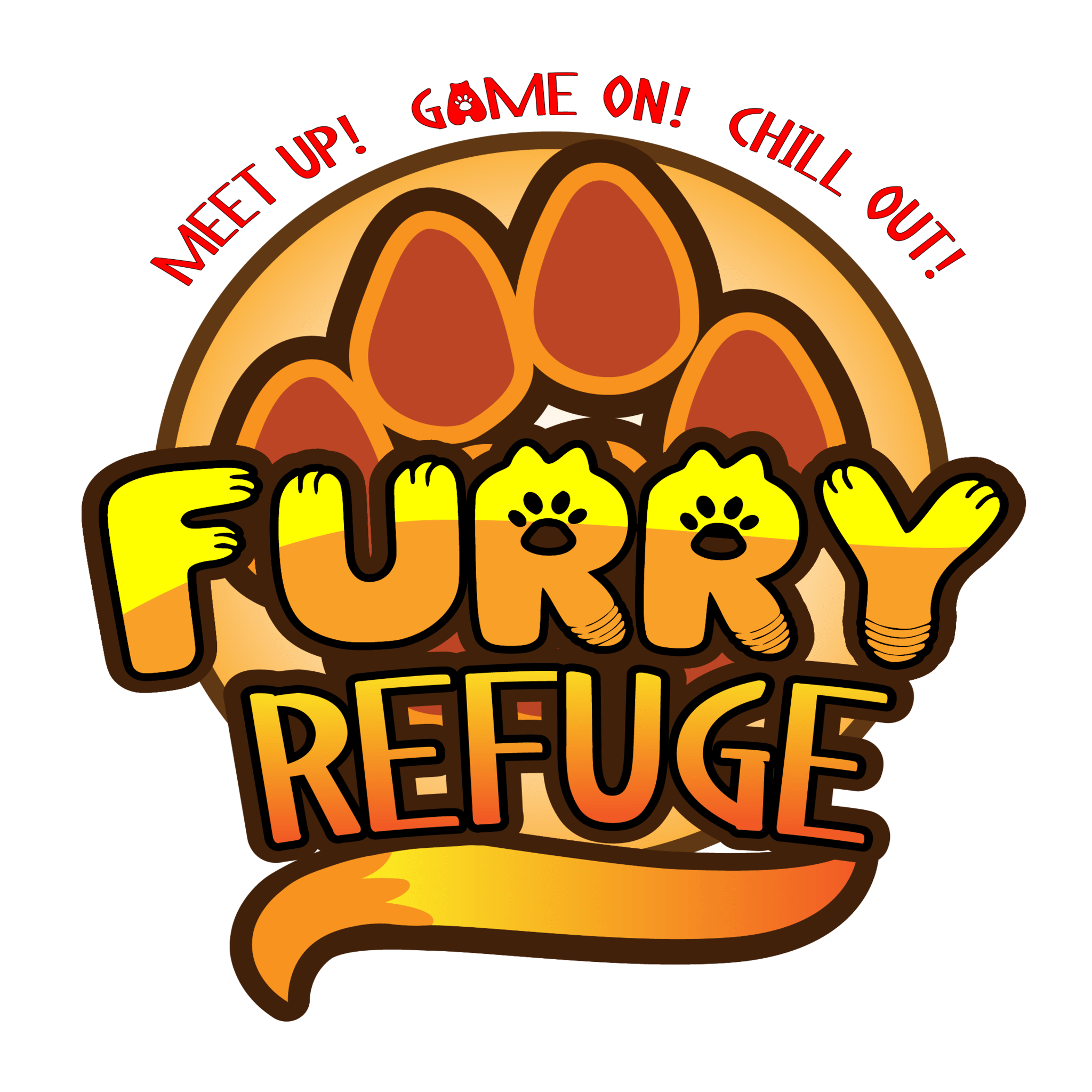Within the vast and imaginative world of the furry fandom, one of the most iconic and beloved anthropomorphic characters is the wolf. Wolves, with their symbolic significance and captivating characteristics, have become a prominent choice among furry enthusiasts. In this article, we’ll explore the rich tapestry of wolf furries, delving into the various types and dispelling common stereotypes.
Wolves hold a special place in human culture and mythology, often symbolizing traits such as loyalty, strength, and cunning. In the furry fandom, individuals who choose wolves as their anthropomorphic personas, known as fursonas, are drawn to the allure of these majestic creatures. The appeal lies not only in the physical attributes of wolves but also in the symbolic depth they bring to personal expression.
Types of Wolf Furries
- Realistic Wolves:
Some furries choose to represent wolves in a realistic and nature-inspired manner. These fursonas often feature the authentic coloring and markings of actual wolf species, reflecting a deep appreciation for the beauty of these animals in the wild. - Fantasy Wolves:
Others may take a more fantastical approach, incorporating vibrant colors, unique patterns, and magical elements into their wolf fursonas. Fantasy wolves allow for creative expression, enabling furries to explore a world of imagination beyond the constraints of reality. - Anthropomorphic Wolves:
Anthropomorphic wolves, or “anthro wolves,” are characterized by the blending of human and wolf features. This type of fursona allows individuals to explore the balance between the human and animal aspects of their identity, often resulting in characters with a wide range of personalities and traits.
Dispelling Stereotypes
While the portrayal of wolf furries varies widely, there are common stereotypes that can limit the understanding of this diverse community:
- Aggressive Alpha Wolves:
Stereotype: All wolf furries are portrayed as dominant alpha wolves, reflecting aggressive and territorial behaviors.
Reality: Wolf furries, like any other group, encompass a spectrum of personalities. Some may resonate with alpha characteristics, but others may explore more nurturing or playful aspects of wolf behavior. - Lone Wolves:
Stereotype: Wolf furries are often depicted as lone wolves, avoiding social interaction.
Reality: The furry community, including wolf furries, is known for its emphasis on friendship and community. Many wolf furries actively engage in social events, conventions, and online communities. - Uniform Appearance:
Stereotype: All wolf furries look the same, adhering to a standard template.
Reality: The diversity within the wolf furry community is vast, with fursonas ranging from realistic to highly stylized. Each furry brings their unique creativity to their character design.
Wolf furries, with their symbolic resonance and diverse representations, contribute to the rich mosaic of the furry fandom. As individuals express themselves through their wolf fursonas, they challenge stereotypes and showcase the vast spectrum of creativity within this thriving community. By appreciating the breadth of wolf furry expressions, we gain a deeper understanding of the nuanced and imaginative world these enthusiasts inhabit.

Leave a Reply